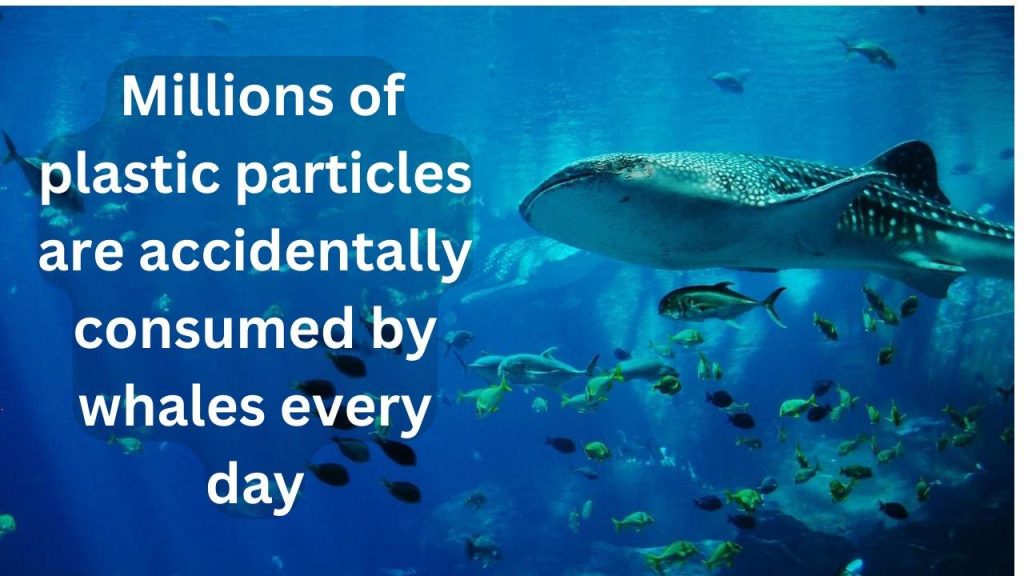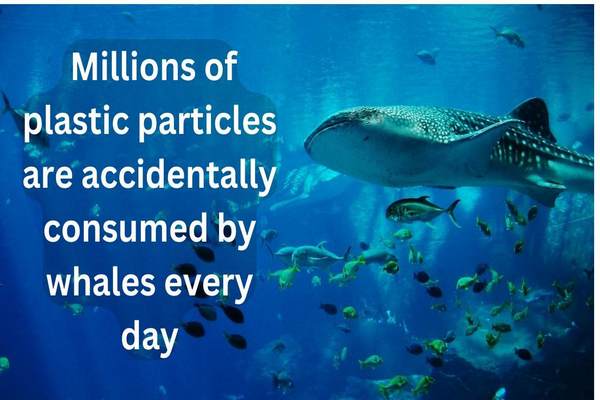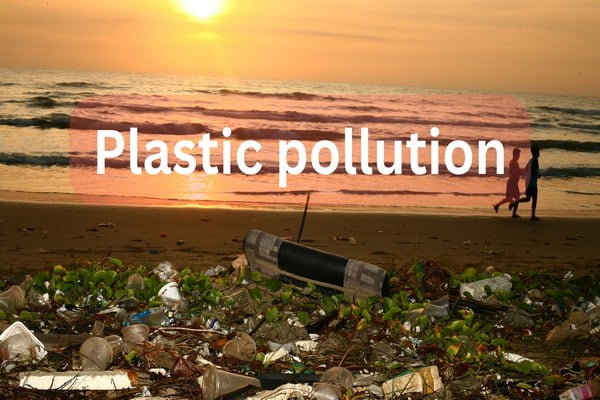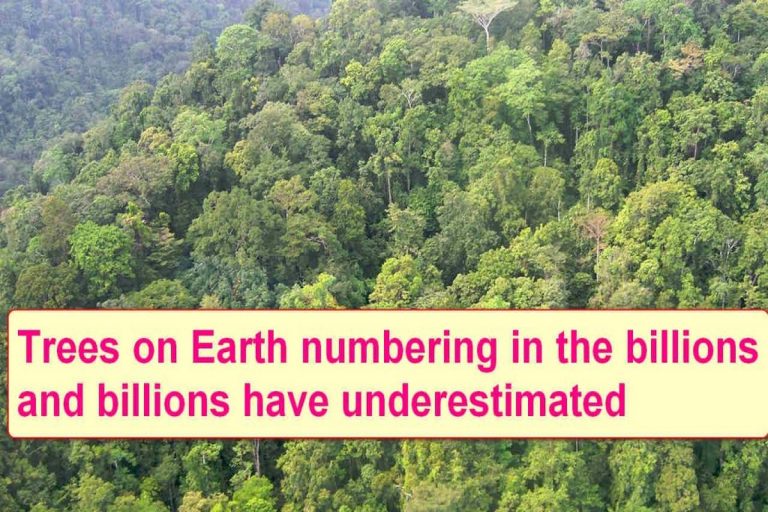A new study suggests that whales consume millions of plastic particles each day

Plastic is a petroleum-based synthetic organic polymer with properties that make it ideal for a wide range of uses, such as packaging, construction, sports equipment, household goods, automobiles, and electronics. Every year, more than 300 million tons of plastic are produced, with half of that amount going toward the production of items with a single use, like straws, cups, and shopping bags. Plastic waste can harm the environment and biodiversity if it is disposed of improperly.
Land-based activities such as urban and stormwater runoff, sewage system overflows, littering, improper waste management, industrial operations, tyre abrasion, construction, and illegal dumping are the main sources of plastic debris found in the ocean. Fisheries, nautical activities, and aquaculture are the main sources of plastic pollution in the ocean.
Many nations lack the necessary waste management and disposal infrastructure, including sanitary landfills, incineration facilities, recycling capacity, and advanced economic infrastructure. This causes “plastic leakage” into the ocean and rivers.
Plastic degrades into tiny particles known as microplastics (particles smaller than 5 mm) or nanoplastics under the influence of solar UV radiation, wind, currents, and other natural factors (particles smaller than 100 nm). They are easily accidentally consumed by marine life due to their small size.
According to a recent study, whales consume millions of these particles every day, making them the planet’s largest consumers of plastic waste at the moment. The study took into account the various natural habitats found all over the world and included blue, fin, and humpback whales.
The study found that blue whales eat about 10 million pieces of plastic every day, which indicates that over the feeding season, they may consume over 230 kg of plastic. According to the scientific paper, the total usage may exceed 500 kg, depending on how dirty the area is.
The study’s major goal is to understand the current situation in which pollution directly affects whales. The data will be vital in understanding and designing the future plan to improve the environment for the whales, according to the study’s experts.
According to Dr. Matthew Savoca of Stanford University, “Whales feeding in many locations likely might be at more risk than off the coast here in the western US.”
“It’s a tragic tale about whales, but it’s also our tale.” “They consume the same fish as humpback whales do, whether it be cod, salmon, or other fish,” he added.







